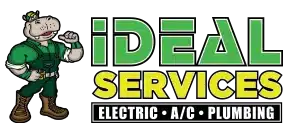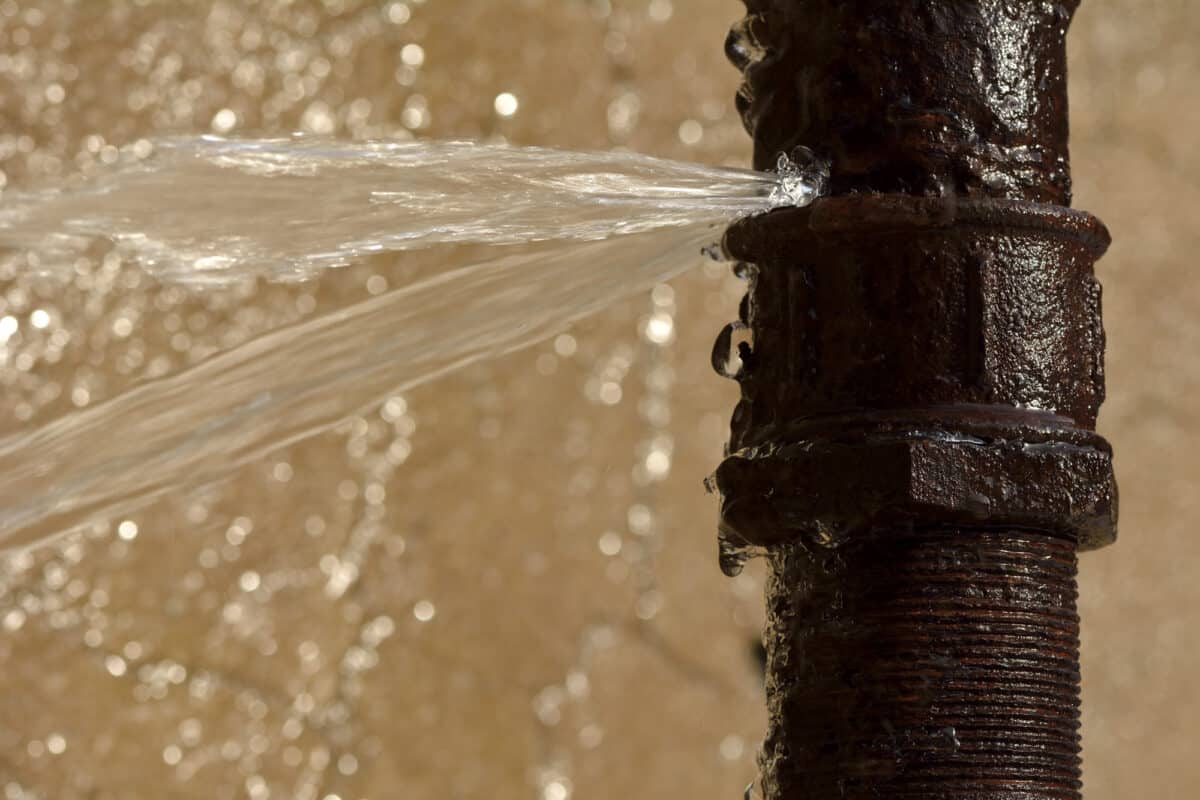Leaks can be sneaky. Unlike an overflowing toilet or a broken faucet, many household leaks start small and worsen gradually—causing damage behind the scenes before you even know there’s a problem. From spiking water bills to unexplained musty odors, the signs are often subtle but not to be ignored.
Early detection is essential for preventing major water damage, structural deterioration, and mold growth. If you know what to look for, you can catch issues before they escalate. And when in doubt, calling in a professional is always a smart move. Let’s break down the key indicators that may mean there’s a hidden leak lurking in your home.
Unusually High Water Bills
One of the first signs that something’s off is a sudden spike in your water bill without a change in your usage habits. While seasonal changes or additional guests in your home might cause a small increase, a significant unexplained jump could point to an invisible leak. If you’re using water at the same rate but paying more, you might be losing gallons of water behind walls, beneath floors, or underground.
To track usage patterns and confirm your suspicions, consider using your water meter as a diagnostic tool. This guide from the EPA walks you through how to use your meter to check for leaks.
Water Stains and Discoloration
Brown, yellow, or copper-colored stains on ceilings, walls, or floors often indicate water is seeping from somewhere it shouldn’t be. These spots may start small and grow over time, especially after a rainstorm or heavy appliance use. Sagging drywall, bubbling paint, or softened flooring can also signal prolonged moisture exposure due to a leak.
Keep in mind that the source of the stain might not be directly above or beside it. Water often travels along pipes, beams, and insulation before it surfaces visibly.
Mold, Mildew, and Musty Odors
Leaks create moisture—and moisture creates an ideal environment for mold and mildew to thrive. If you’re noticing musty smells in bathrooms, kitchens, or basements, don’t assume it’s just poor ventilation. It could be mold forming behind walls or under flooring due to ongoing water exposure.
This article from the CDC outlines the health risks of mold and explains why it’s crucial to resolve its root cause quickly.
Peeling or Bubbling Paint and Wallpaper
If your paint is peeling or wallpaper is bubbling, don’t just blame it on age or humidity. These issues can also indicate a hidden leakage, especially if the affected area is near plumbing lines, windows, or roofing. Water softens drywall and other building materials, causing adhesives to fail and surface finishes to detach.
If you’re seeing these signs repeatedly in the same area, especially after you’ve already patched and painted, it’s time to investigate further.
Decreased Water Pressure
Noticing that your shower or faucet water pressure is suddenly weak? This can be more than just a nuisance—it could be the result of a pipe leakage. Leaking pipes divert water away from your fixtures, leading to inconsistent or low flow. In severe cases, it could also be a sign of a broken main water line.
Addressing low pressure early can save you from dealing with a burst pipe or other serious plumbing emergencies down the road.
Sound of Running Water When Everything Is Off
If all your taps are off, no toilets are running, and you’re not using appliances—yet you still hear water running—you likely have a problem. The sound of trickling, dripping, or running water coming from walls or under floors is a red flag. This may be more noticeable at night when the house is quiet.
Use this simple test: turn off everything that uses water, then check your water meter. If it continues to run, that confirms you have an issue somewhere in your system.
Hot Spots on the Floor
If you walk barefoot around your home and feel warm spots on the floor that weren’t there before, you might have a leak in a hot water line. This is especially common with slab leaks, where water escapes from pipes located beneath your home’s foundation. Left unchecked, these issues can cause cracks, floor damage, and costly repairs.
Lush Green Patches in the Yard
A particularly green or soggy patch of lawn—especially during dry weather—could indicate a leak in your outdoor water or sewer line. If you notice one area of your yard is thriving more than others or feels spongey underfoot, it’s time to investigate.
What to Do If You Suspect a Leak
The sooner you take action, the better. Leak damage compounds over time, leading to mold, rot, and structural issues. Don’t rely on DIY guesswork—especially for leaks hidden in walls, ceilings, or underground. A professional leak detection specialist can use advanced equipment like thermal imaging and acoustic sensors to find the exact source without tearing into your home blindly.
Ideal Services – Leak Detection and Plumbing Help in Las Vegas
Recognizing the signs of a hidden leak is half the battle. Once you know what to look for, acting quickly can save your home from extensive damage. From water stains to unexplained odors, if you suspect a leak, don’t wait until the problem gets worse. Ideal Services provides expert leak detection and plumbing repair services throughout Las Vegas, delivering accurate diagnostics and efficient solutions when you need them most.

